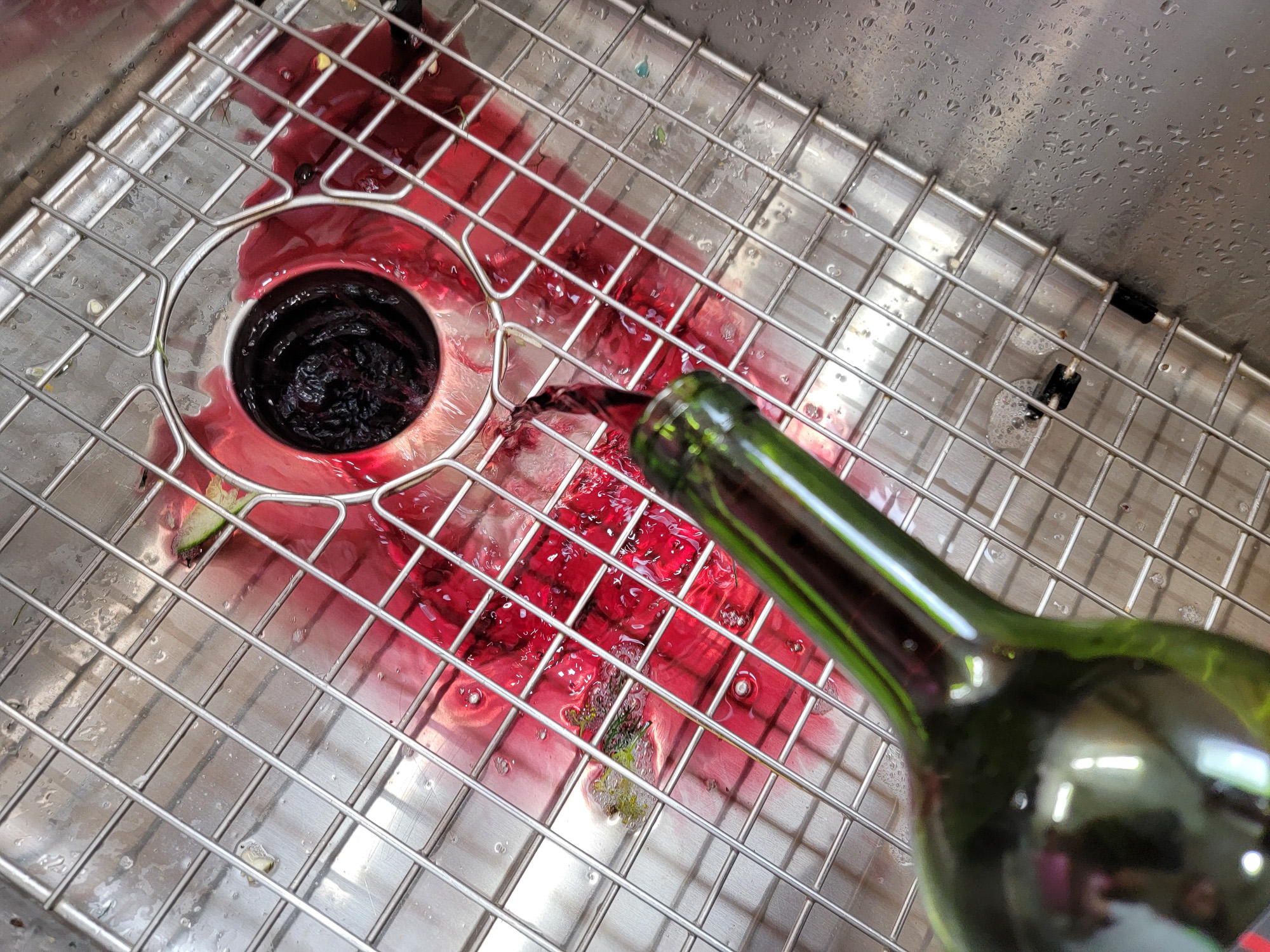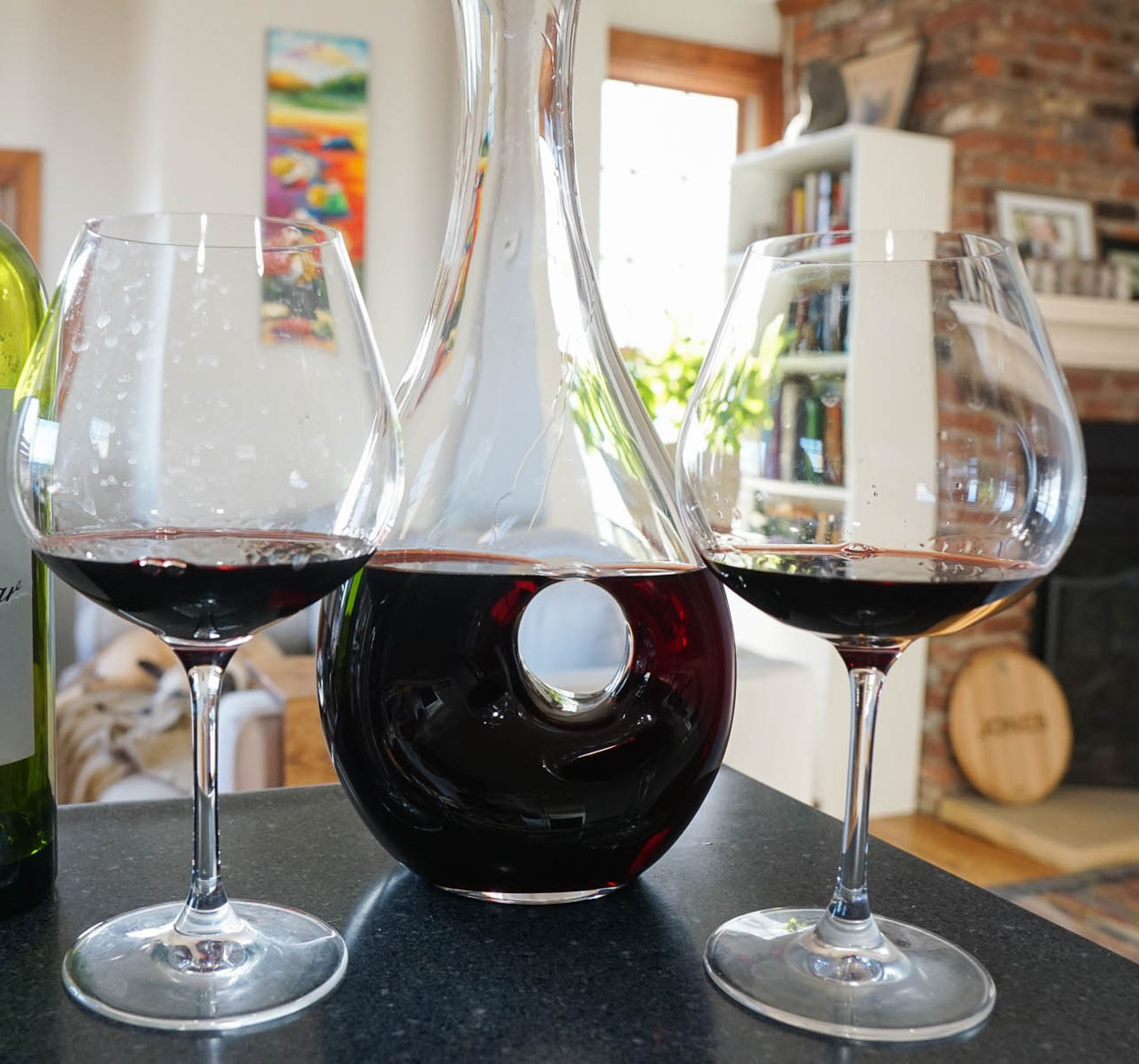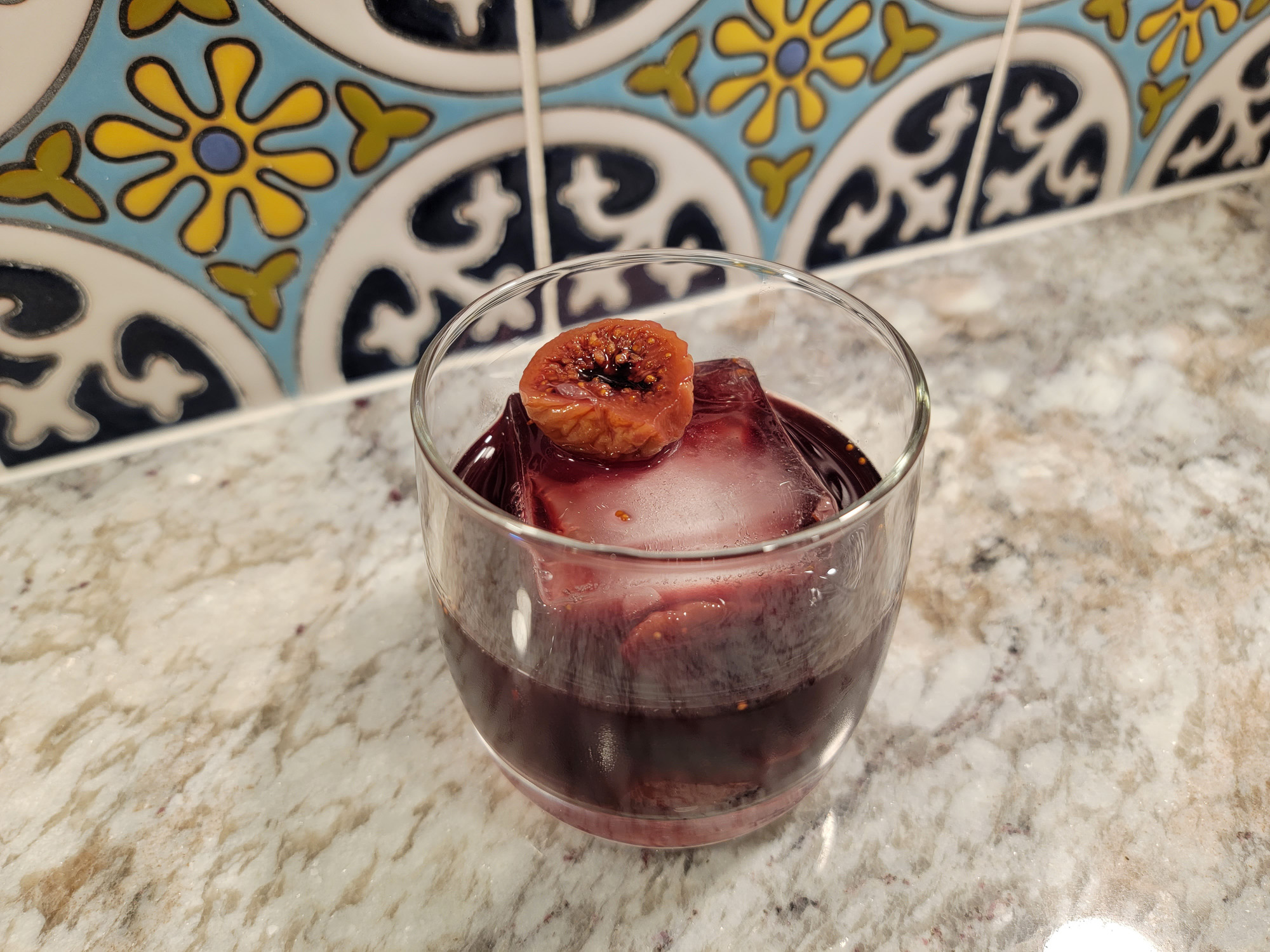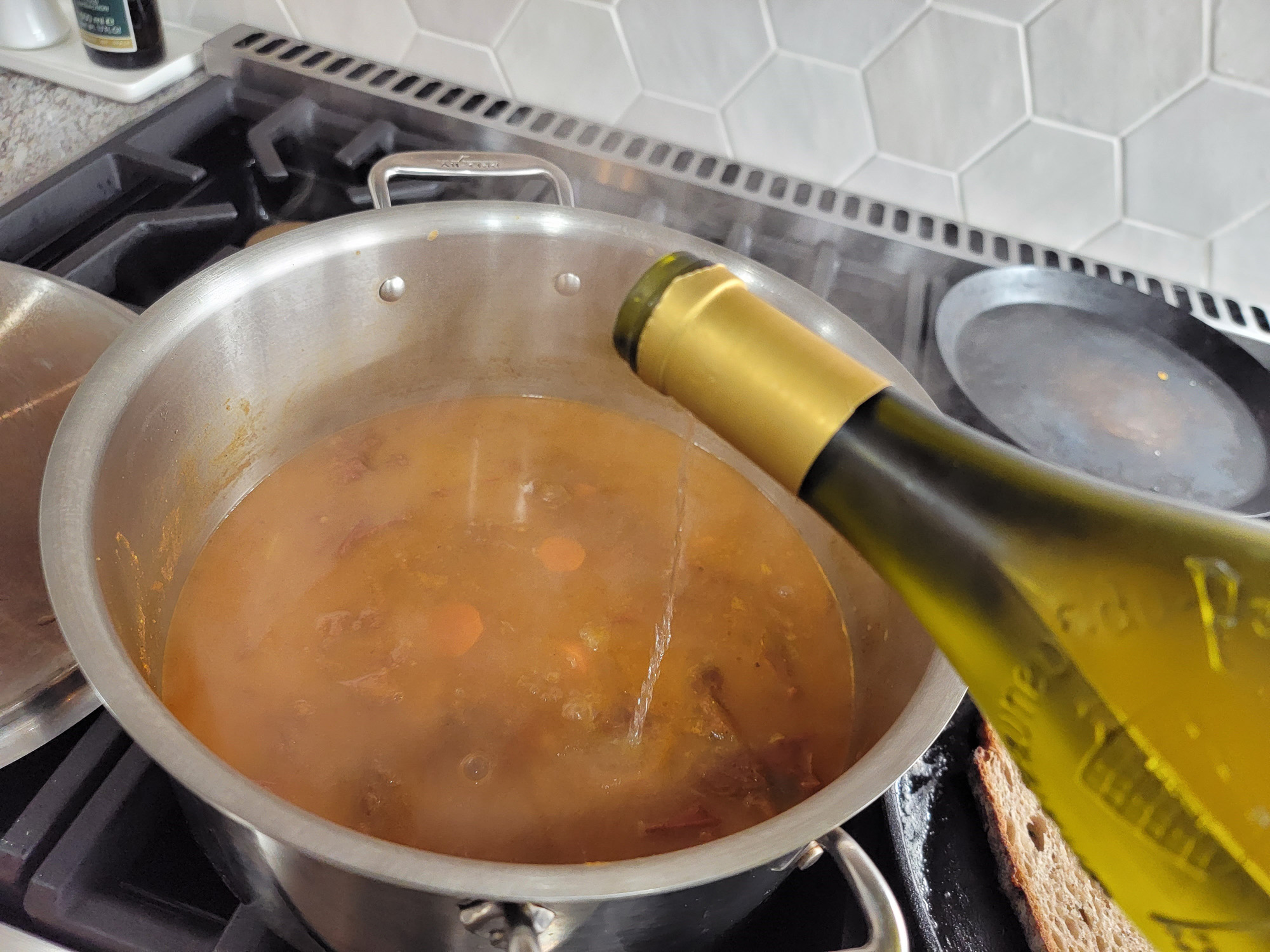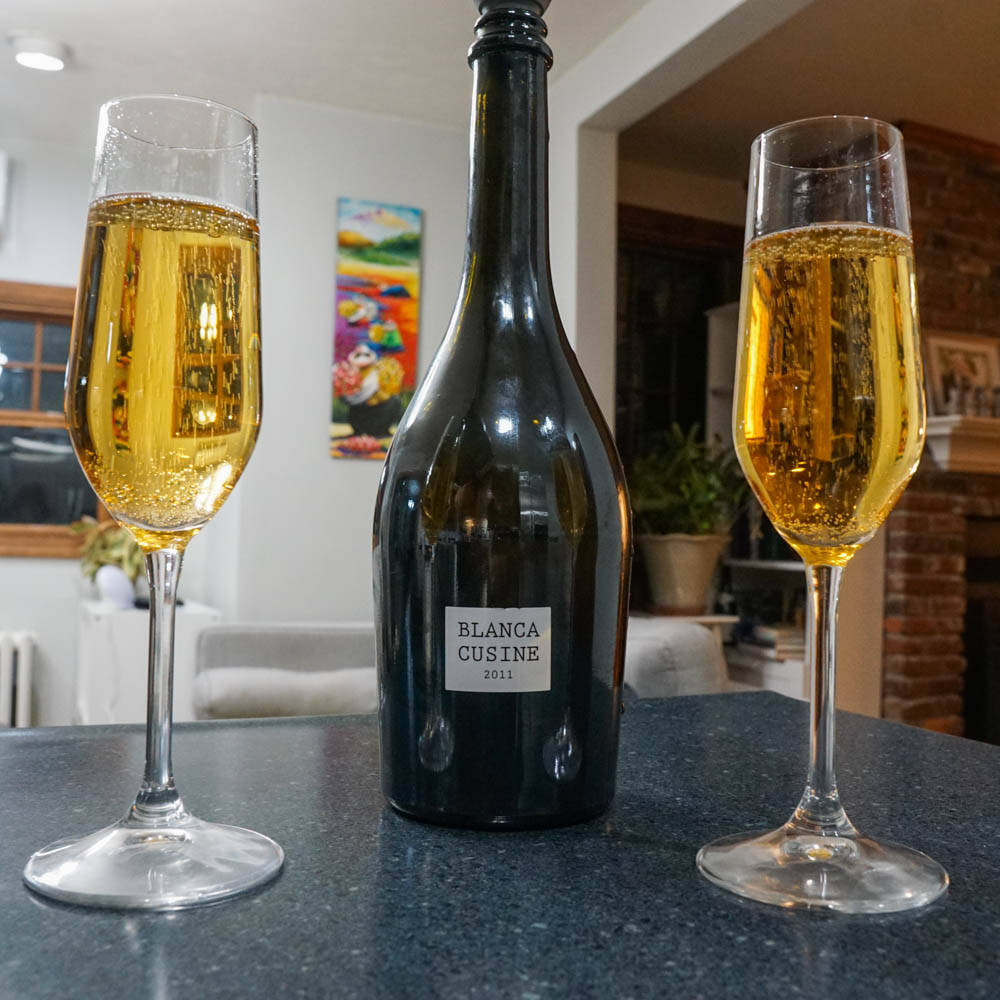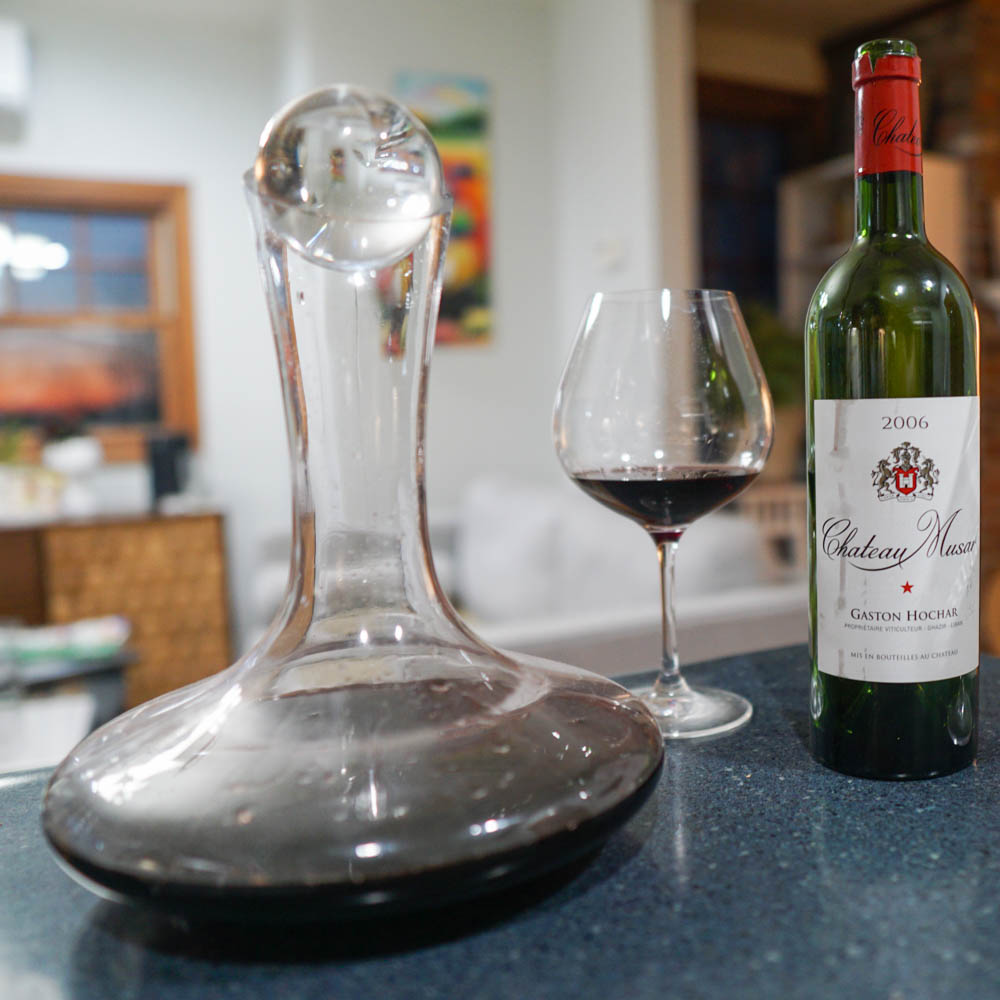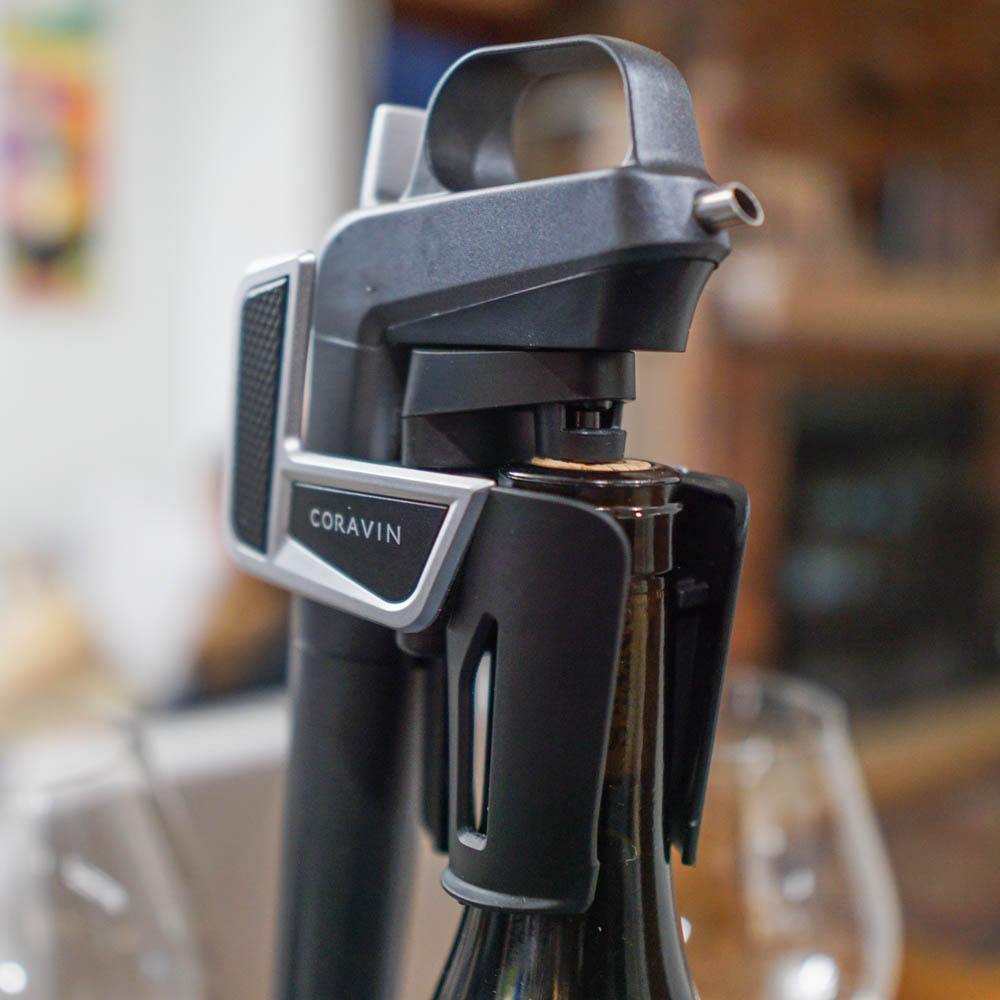Published by Jeremy.
Disclaimers: We use demographic data, email opt-ins, display advertising, and affiliate links to operate this site. Please review our Terms and Conditions for more information. This website is intended for those of legal drinking age in your jurisdiction.
There is no worse feeling than opening a bottle of wine, pouring the first glass, taking your first sip with great anticipation, and finding out that you simply just don't like the wine.
We've all been there.
There could be any number of reasons why you don't like the wine, from it being outright bad (read: spoiled) to any number of flavor characteristics just not being your thing.
So in this one, we thought we'd take a look at what you may want to do with a bottle of wine you don't enjoy. From cooking with it to making Sangria, reducing for use in a cocktail, and more, the sky is truly the limits of what you can do with a bottle of wine you aren't too fond of!
Please Note: In this article, we suggest ideas on what to do with wine that you will still later consume. If you suspect your bottle of wine is faulty, either having turned to vinegar or may be contaminated/spoiled by some other mechanism (e.g. cork taint, heat damage, etc.), we only recommend dumping it. Never, ever consume wine you suspect is spoiled under any circumstances.
Let it Breathe or Try it With Food
One of the first things you should do with a bottle of wine you may not like is simply stop and identify why you don't like it.
Is it too tannic? Is the alcohol too harsh? Are the flavors not to your liking, either too tight or just not what you like? Or, perhaps, a mix of all of these?
In many cases, an element of a bottle of wine you do not like could very well change over time. With oxygen, the tannins may mellow and new aromas/flavors may develop as the wine “opens up”. With food, elements also change as acidity, tannin, alcohol, and flavors interact with each bite. Tannic wines go great with fatty food. High-acid wines pair nicely with high-acid dishes. Complimentary flavors may mask similar elements and allow more subtle aromas to be detected that you may not get with just sipping a wine by itself. We could go on.
While it may be hard to eliminate a specific element you find unappealing outright (particularly oak notes or sweetness), it is very well possible that others could be lessened when the wine opens up or is appropriately paired with food. So before doing anything rash with the (we hope), perfectly good bottle of wine, see if a bit of oxygen contact or food will change your opinion!
Make Sangria
So, let's say you tried the previous step and found the wine is still not to your liking. What can you do with it? Thankfully, there are several great options!
One of our favorite things to do with a bottle of wine we're not too fond of is to put it in Sangria. Recipes for Sangria can vary but generally involve putting wine, fruit, fruit juices, perhaps another spirit or liqueur to amp up the booze and/or flavor, simple syrup, soda water or ginger ale, and even spices into the mix.
The reason Sangria often works so well for wines you are not particularly fond of is that the addition of many of these ingredients helps mellow out characteristics you find oppressive. Acidity in fruit juices and sweetness in sugar could mask oppressive tannins and alcohol. A new, dominant flavor from fruit or juice may minimize an element you find harsh, too.
Ultimately, Sangria is a great option when you may only have a small flavor/characteristic preference in a particular bottle of wine. The notes of the wine will still be prominent, with varying degrees based on how many other ingredients you add, but can be adjusted as you like to make a final product you may enjoy a bit more.
Reduce to Syrup for Cocktails
Another idea that you may want to consider for a bottle of wine you don't like is to reduce it down to syrup for use in cooking or, in our preferred case, cocktails.
All you have to do here is put the remaining wine in a pot, boil the water and alcohol off, and wait for it to reduce down to a thick, sweet syrup- often just a fraction of a cup in the final product. Care must be taken not to burn the remaining mixture, as it does get quite thick and syrupy when fully reduced, but when done properly, an intensely rich and flavorful product is formed- even from an otherwise offensive wine!
When the final reduced product has pleasurable flavors, these can be used in numerous instances as an alternative or complement to sugar in a dish. Rather than using simple syrup in a cocktail, swap out some (or all) for a wine reduction and see how the flavors change.
- Note: As reducing wine to syrup concentrates the flavors, in some cases, you may find harsh components are amplified too much. That wine that is too tannic, sweet, or acidic may transfer into the final syrup. As such, it is always a bit of a risk when reducing for a cocktail, but one we like taking all the same as when it turns out well, it can be quite beautiful. When it isn't, well, you can always throw it out and say you tried!
Cook With It
Perhaps our favorite thing to do with wine we do not like is to cook with it, as wine can often add tremendous depth to dishes without some of the harsh characteristics we do not like being noted.
The most straightforward use of wine in cooking is as a deglaze when sauteeing vegetables or other meats. As the ingredients brown and leave residue on the pan, a dash of wine can help deglaze the pan and reintegrate a more flavorful and complex profile into your dish. Of course, a little glug is all you need in this instance, which may not use a whole bottle, but we often find ourselves with a splash of wine here or there when a dish allows for it (sometimes even when we like the wine, too!).
Other uses of wine in cooking are nearly endless. Are you making a soup and want to add some richness? Add some wine. Poaching a pear or other fruit? Add some wine. Want to see what happens just because you can? Add some wine. You really can be surprised with how much more depth an appropriately placed glug of wine can add to dishes (white and red dependent, plus sweetness concerns, of course), so perhaps get a bit creative the next time you cook when you have a bottle on hand you weren't quite fond of if the pairing allows!
Dump It
Finally, we come to the nuclear option of what to do when you have a bottle of wine you don't enjoy- dump it.
It pains us to say we have had a few bottles of wine over the years that we could not stomach to finish, no matter how much we tried (generally, the wine had been spoiled or, in extremely rare cases, was so overly oaked we didn't find it palatable). Even in our best efforts of using said bottles in other methods (when not spoiled at least), there comes a time when we have exhausted all of our ideas, Sangria doesn't sound good, and we are running out of options before the wine turns to vinegar.
So, in this case, we give a sad send-off down the drain and make a mental note not to buy that bottle ever, ever again.
What do you do with a bottle of wine you don't like? Comment below to share!
Upgrade Your Home Wine Bar
Need to upgrade your wine bar? Grab some new wine accessories:

